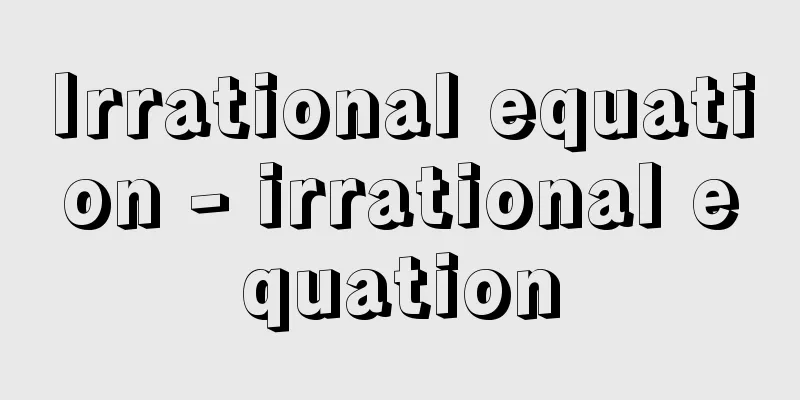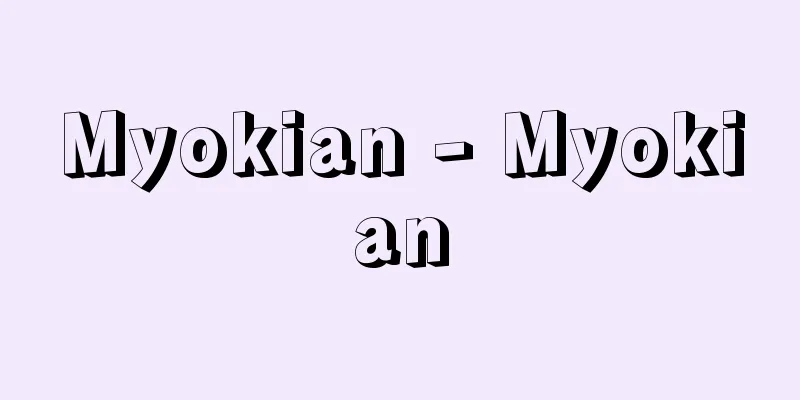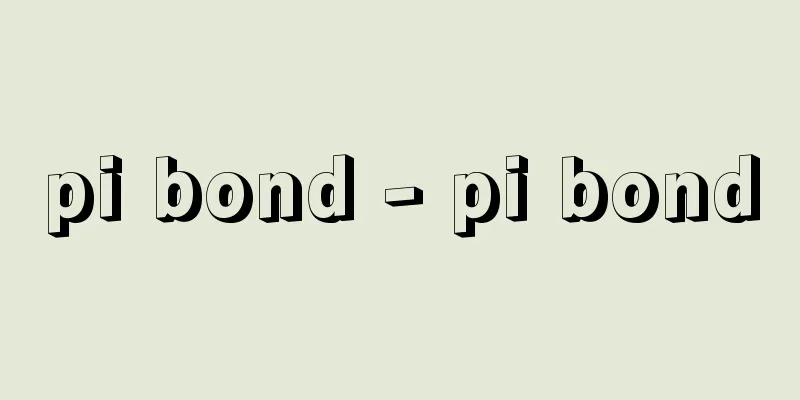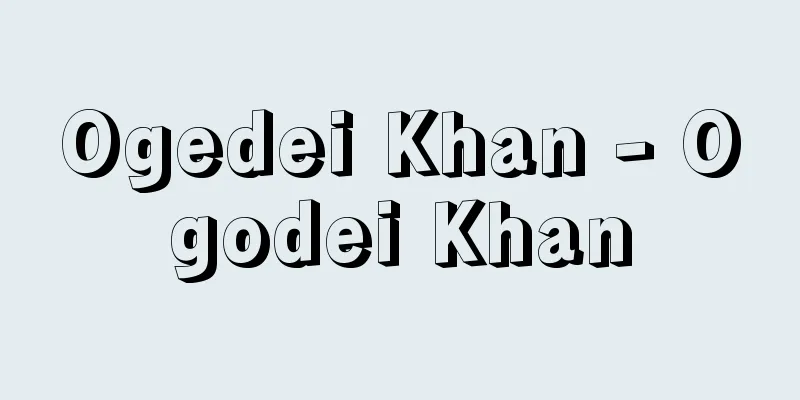Irrational equation - irrational equation

|
An equation that contains an arbitrary expression for an unknown is called an arbitrary equation. For example, In general, A=B is not equivalent to A 2 =B 2. The latter gives the solution to the two equations A=B and A=-B, since A 2 -B 2 =(AB)(A+B)=0. The free root of the first example is the equation In the first example, the original equation is [Yoshio Takeuchi] Source: Shogakukan Encyclopedia Nipponica About Encyclopedia Nipponica Information | Legend |
|
未知数についての無理式を含む方程式を無理方程式という。たとえば、 一般にA=BとA2=B2とは同値ではない。後者はA2-B2=(A-B)(A+B)=0だから、後者から二つの方程式A=BとA=-Bの解が得られる。第一の例の無縁根は方程式 第一の例で原方程式は [竹内芳男] 出典 小学館 日本大百科全書(ニッポニカ)日本大百科全書(ニッポニカ)について 情報 | 凡例 |
>>: Mridanga - mdaga (English spelling)
Recommend
Blue Cat
A collection of poems by Hagiwara Sakutaro. Publi...
Fragment of Quadratus - Quadratus Danpen
…Traditionally, it is used to mean “the Church Fa...
Togi [town] - Togi
A former town in Hakui County in northern Ishikawa...
Shinpei Kajiki
...A powerful clan in Osumi Province from the end...
Florin, R.
…In mosses, stomata are found in the sporophytes ...
Intelludium - Intelludium
…There are various forms depending on the type of...
Pertinax
126‐193 Roman Emperor. Reigned 193. Born the son o...
Japaning
...It refers to a design drawn with lacquer, on w...
royal poinciana
…A tall tree of the legume family widely planted ...
Machine door - Kiko
...As a result, local production alone was insuff...
Hodgkinson, E.
…Completed in 1850. Designed by R. Stephenson, W....
Downing, G.
…The name of a street in the Westminster district...
Mount Yudono
A mountain located in the eastern part of Tsuruok...
Representative - Brother
〘 noun 〙① To stand in someone's place. To act ...
Spherical wave - Kyumenha (English spelling) spherical wave
A wave that propagates from a single point in a th...









